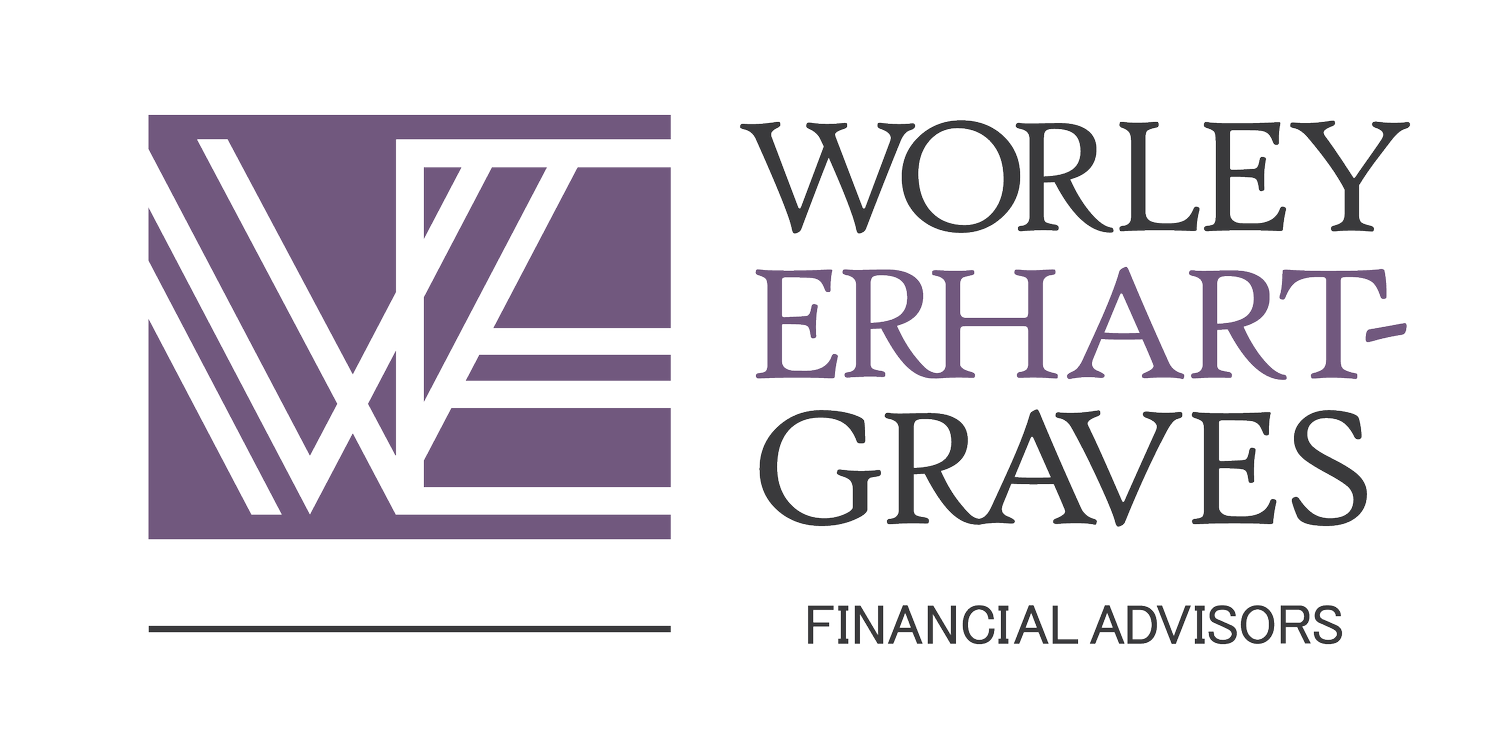Sitting in the Shade
/Warren Buffett once said, “Someone is sitting in the shade today because someone planted a tree a long time ago.” As I was trying to find the best way to explain the concept of compound interest and the importance of starting retirement savings as soon as possible, this quote kept coming to mind. We planted some young trees in our back yard 3 years ago. They’re just now starting to fill in and provide a small amount of shade, but it’s taken continual outlay in watering them, protecting them from the pests of nature, and providing proper soil and nutrition each year to keep them growing. It will be many years before those trees will fill out and can give us a nice place to sit in the shade, but the work we put in now is what will make that future goal come to life. This process is very similar to investing for retirement. It takes time, discipline, and continued savings, but the real reward (retiring with financial freedom) will show up many years into the future.
Most advisors will tell a younger client to start investing as early as possible, but they may not take the time to tell them why. Let’s look at an example of two separate clients with the same birthdate to illustrate why starting early matters; Pat Saver and Steve Spender. At age 25, Pat Saver begins saving $5,000 per year toward retirement for 10 years and invests with an 8.00% average annual rate of return. Steve Spender waits until age 35 and begins saving the same amount, $5,000 per year, toward retirement for 30 years and also earns an 8.00% average annual rate of return. At age 65 for both clients, Pat Saver has $850,000 and Steve Spender has only $660,000. What’s the difference you ask? Compound interest! Because Pat Saver started early, he had a full 40 years of compounding returns. Steve Spender only receives 30 years of compounding returns, thus the lower final amount.
Over the thirty to forty-year period of saving and investing for retirement, you’re not likely to experience a consistent 8% rate of return each year. It’s more likely, with a globally diversified portfolio of stocks and bonds, you’ll experience the ups and downs of the markets and may have some years with positive returns and some with negative returns. Sticking to the plan, starting early, and continuing to save are what’s most important, and your returns will average out over time. In addition, a long time horizon allows investors to take more risk. More risk typically (but not always) equates to a higher return.
As a part of the Millennial generation, with a few exceptions, we don’t generally have access to a generous pension plan. In addition, no one knows if Social Security will still exist by the time we are ready to retire. Even if it does, it’s likely any benefits we receive will not be as robust as previous generations and we may not receive it as early in life as previous generations. All of this makes saving for our own retirement, and starting as early as possible, absolutely crucial. Even if you’re paying off debt, balancing putting at least something toward retirement savings each month now will help you take advantage of compounding returns. To get started, if your employer offers a retirement plan, put at least enough in to receive your employer’s match. If you don’t have an employer plan, consider using an IRA or Roth IRA to start saving and investing as soon as possible for your future.
- Margaret Gooley, CFP®, Worley Erhart-Graves Financial Advisors







